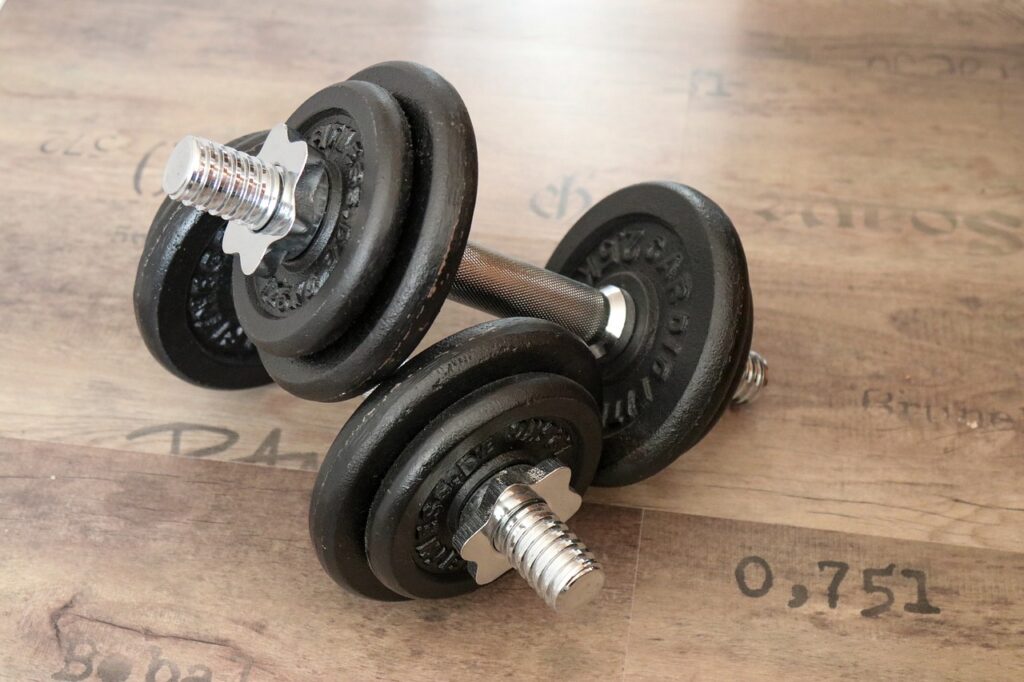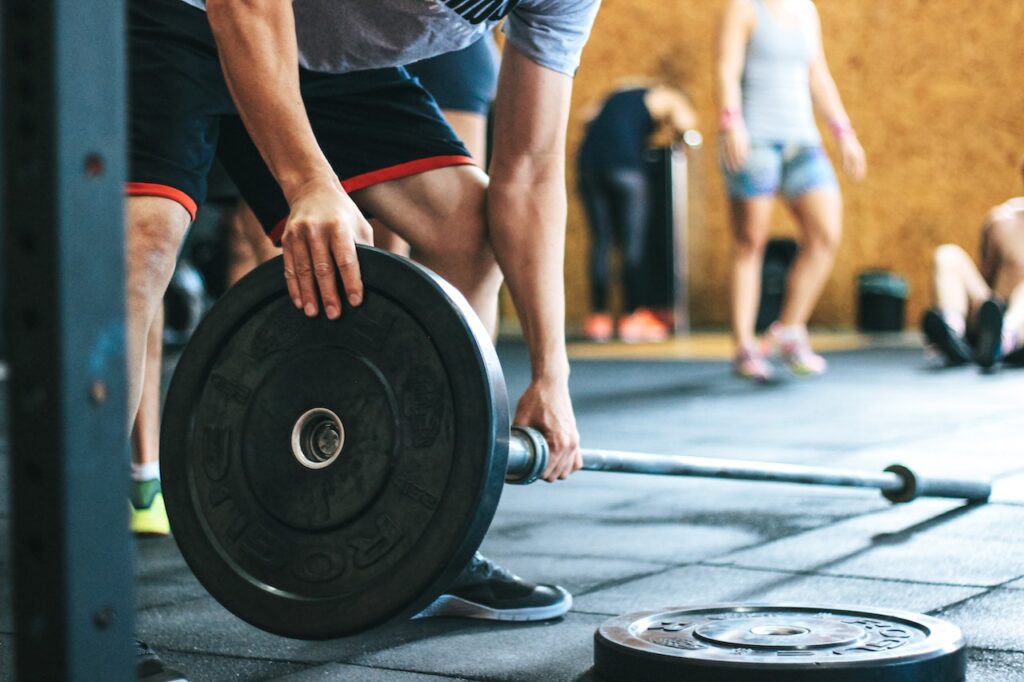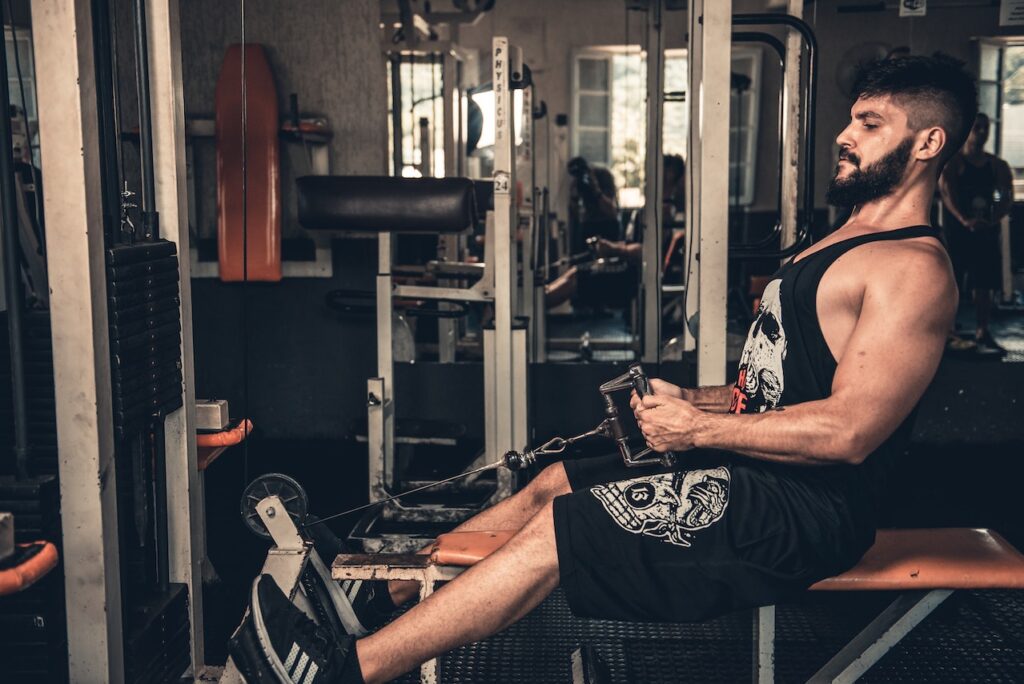Understanding Your Home Gym Equipment
Every piece of equipment in your home gym has a purpose and, correspondingly, its own set of maintenance needs. Popular strength training tools, like resistance bands, dumbbells, and barbells, often require careful handling to avoid wear and tear. Cardio machines, such as treadmills or stationary bikes, can demand regular check-ups to ensure all mechanical components are functioning properly.
Resistance bands should be kept away from sharp objects and extreme heat to prevent them from snapping. Dumbbells and barbells, on the other hand, can benefit from periodic checks for rust or loose parts. Cardio machines often come with a user manual that specifies maintenance routines – don’t ignore these! Regularly dusting, lubricating moving parts, and inspecting for any unusual noises or movements can prevent bigger issues from arising.

Regular Cleaning: Why and How
One of the easiest and most effective ways to maintain your home gym equipment is by keeping it clean. This not only extends the life of your gear but also provides a healthier workout environment. Sweat, dust, and dirt can build up over time, potentially causing your equipment to deteriorate faster.
Cleaning your workout gear is simple. For smaller items like dumbbells, kettlebells, or resistance bands, a wipe down with a cloth and mild soapy water after each use can work wonders. Cardio machines might require a bit more care – wiping down the exterior, vacuuming any exposed parts to remove dust, and occasional lubrication can keep them running smoothly. Always remember to dry your equipment thoroughly to avoid rust.

Proper Storage: Space-Saving Solutions for Small Spaces
How you store your equipment plays a pivotal role in its longevity. Proper storage protects your investment from accidental damage, keeps your space tidy, and can even prolong the life of your equipment.
Investing in smart storage solutions can be a game-changer, especially for small home gyms. Wall-mounted racks for resistance bands, barbells, and weight plates save floor space and prevent tripping hazards. Vertical dumbbell racks or adjustable dumbbells can minimize clutter. Even your cardio machines might have space-saving designs, like foldable treadmills or compact ellipticals. Prioritize organization and care in your home gym, and your equipment will thank you for it.
Routine Check-ups and Minor Repairs
Routine inspections are a crucial aspect of home gym equipment maintenance. Regularly checking your gear can help you spot potential problems, such as loose bolts on weight machines, worn-out resistance bands, or fraying cables on your rowing machine.
Some minor repairs you might be able to do on your own. Tightening loose bolts or screws is usually straightforward. If a resistance band starts to show signs of wear, it’s generally best to replace it to avoid snapping during a workout. For more complex issues, like mechanical problems with your cardio machines, you may need to consult a professional. Always remember, trying to fix something beyond your skill level can lead to further damage and potential safety risks.
Read our article to choose the right home gym equipment for your needs.

Injury Prevention: Safeguarding Your Workout
Maintaining your equipment doesn’t only save you money, it also protects your health. A well-maintained home gym is a safer home gym. Damaged or worn-out equipment can lead to accidents or injuries. For example, a loose bolt on a weight bench might lead to instability, putting you at risk during your workout.
To ensure equipment safety, always check your gear before use, especially if it’s been a while since your last workout. If you notice any damage or signs of excessive wear, it might be time for a repair or replacement. And, of course, always follow safety guidelines and use the equipment as intended.
Maximizing Equipment Lifespan: Do's and Don'ts
The key to extending the lifespan of your home gym equipment lies in consistent care and proper use. Here are some do’s and don’ts:
Do’s:
- Regularly clean your equipment.
- Store your gear properly.
- Perform routine check-ups.
- Use equipment correctly, according to the manufacturer’s guidelines.
Don’ts:
- Avoid overloading weight machines beyond their capacity.
- Don’t ignore minor issues; they can quickly escalate into bigger problems.
- Don’t skip the warm-up. It’s not just your body that needs to warm up; cardio machines also need a few minutes to reach optimal performance.

Conclusion
Your home gym is a place where fitness goals are set and achieved. It’s an investment not only in equipment but in your health. By understanding your equipment, keeping it clean, storing it properly, performing routine check-ups, and using it correctly, you can ensure your home gym remains a safe, effective, and welcoming space for your workouts.
Remember, a well-maintained home gym is a safer, more enjoyable, and productive place to work towards your fitness goals. Here’s to healthier, happier workouts in your well-kept home gym!
